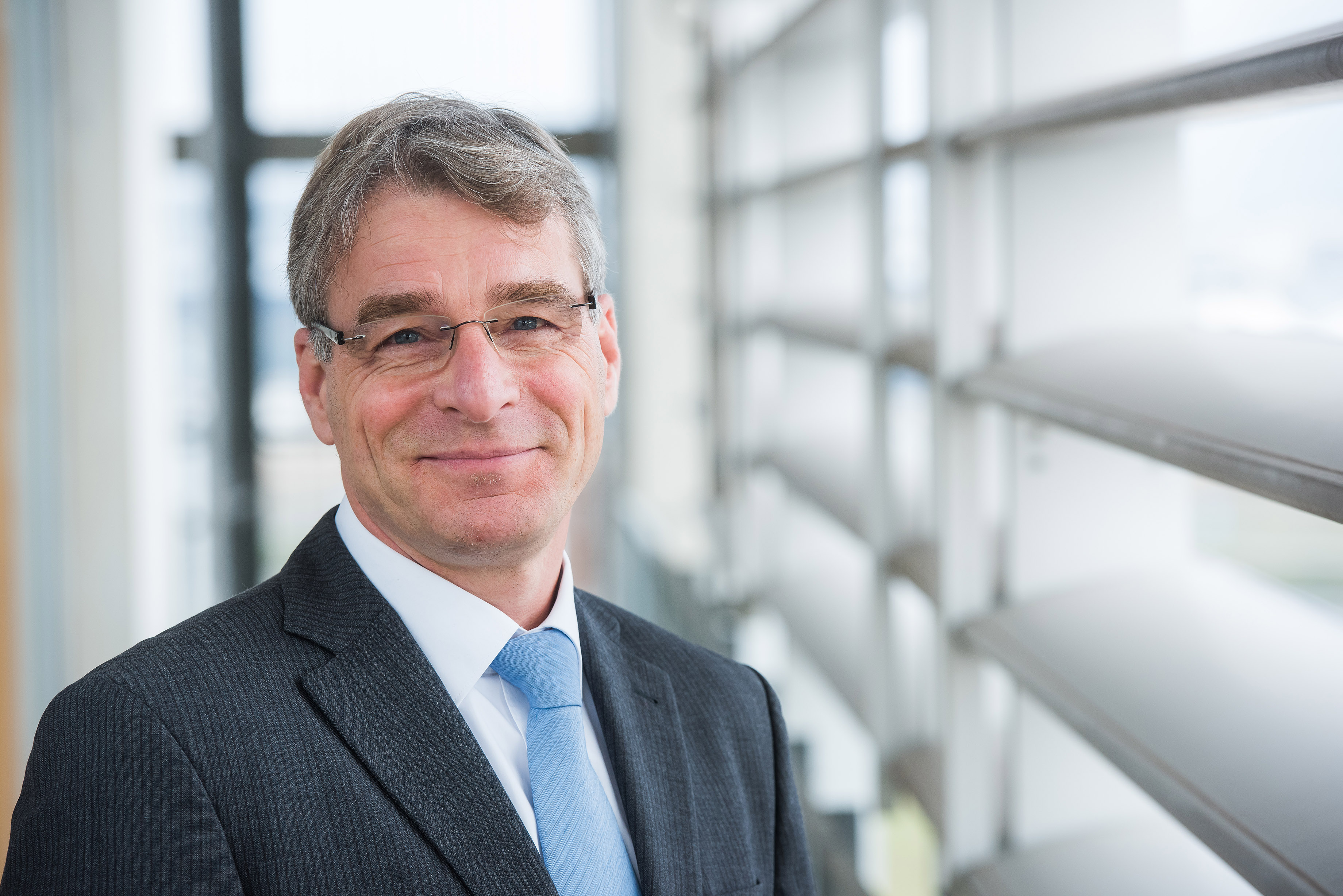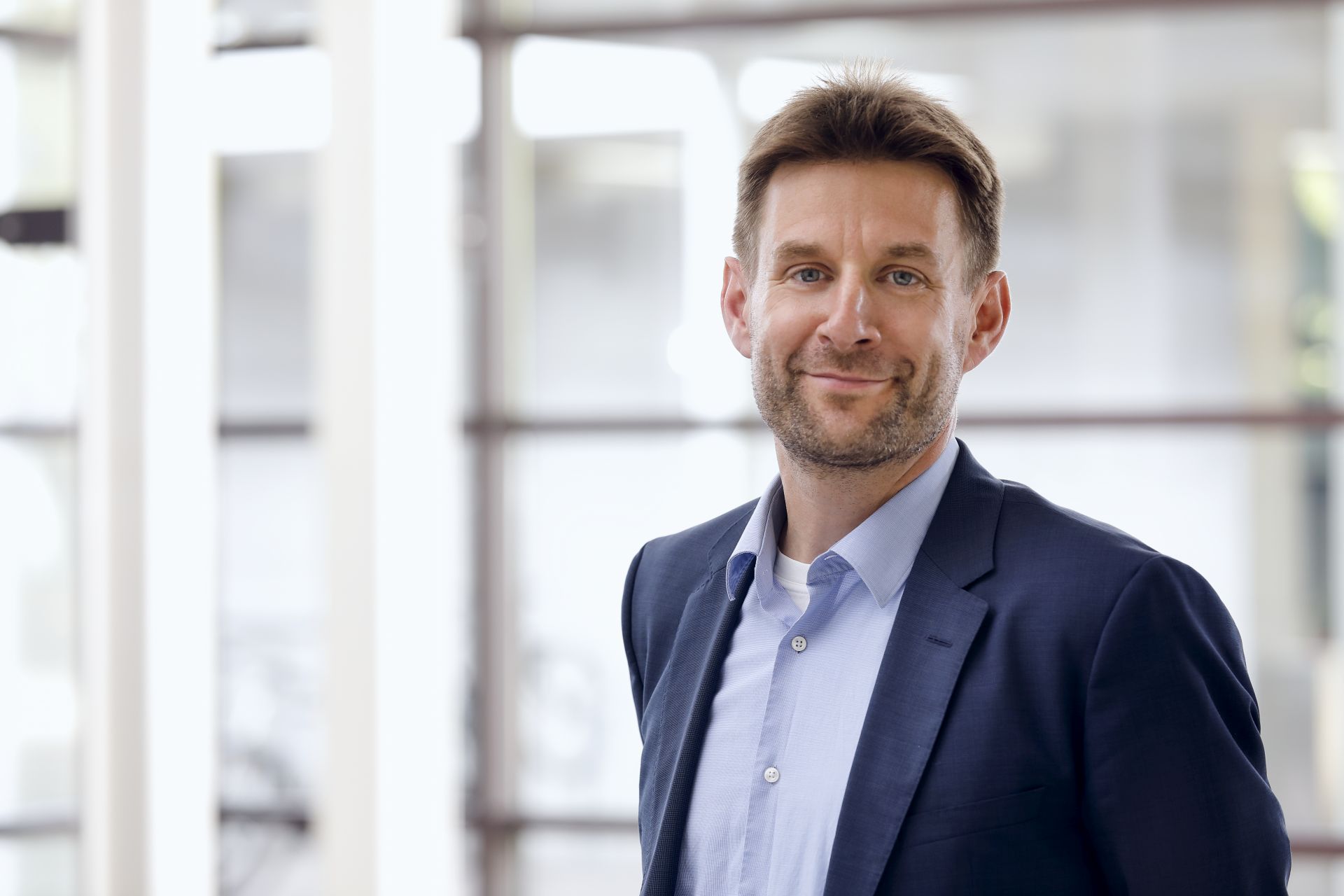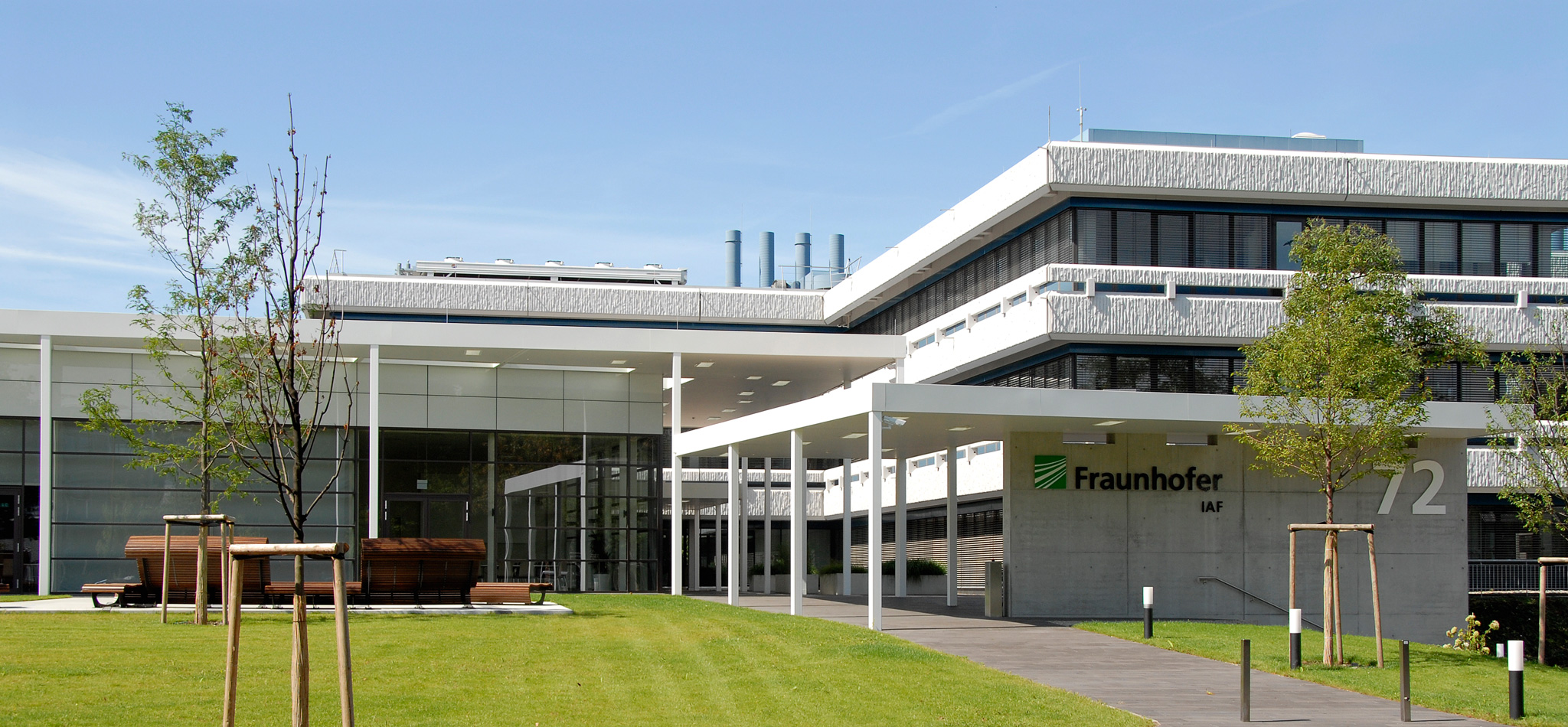Management of Fraunhofer IAF in new constellation
Oliver Ambacher passes management of the institute to Rüdiger Quay
After a total of 14 successful years, Prof. Dr. Dr. Oliver Ambacher is stepping down as director of the Fraunhofer Institute for Applied Solid State Physics IAF. Since January 1, 2022, Prof. Dr. Rüdiger Quay has been the acting executive director of the institute.


14 years of visionary institute management
During his 14 years as director of the institute, Ambacher solidified the leading position of Fraunhofer IAF in the field of III-V semiconductor research and developed it into a modern institute. He also broke new ground and focused the special expertise of the research institute on emerging and promising research topics in quantum technologies. Under Ambacher, the research budget of Fraunhofer IAF increased to 47 million euros last year, the staff grew to more than 300 heads and the institute grew by several new buildings.
Beyond his own institute, Ambacher has also made key contributions within the Fraunhofer-Gesellschaft—most recently opening up the strategic research field of quantum technologies. It is largely thanks to Ambacher's initiative that the first commercial quantum computer on German soil was set up in summer 2021 together with IBM and which is now available to German science and industry.
Experts on energy-efficient electronics
As professor for energy-efficient radio-frequency electronics, Quay shares his predecessor's passion for resource-efficient electronics—a topic that plays a central role in research at Fraunhofer IAF and is reflected in the academic careers of both professors. In addition to their work at Fraunhofer IAF, both were appointed to a chair at the Department of Sustainable Systems Engineering (INATECH) at the University of Freiburg, where they train future experts in the field of particularly energy-efficient electronic systems.
In his many years of research, Ambacher has led numerous innovative projects of international scope and achieved scientific milestones that continue to significantly influence the semiconductor industry and second-generation quantum systems research to this day. Looking back on their successful collaboration, Ambacher is now passing the baton at Fraunhofer IAF to his colleague Quay, who is starting out with a clear objective: “Thanks to Prof. Ambacher, Fraunhofer IAF is on a very good way into an innovative future. What is important now is to continue this first-class research and to pursue new opportunities.”
Fraunhofer IAF in Freiburg
The Fraunhofer Institute for Applied Solid State Physics IAF is one of the leading research institutions in the fields of III-V semiconductors and synthetic diamond. Based on these materials, Fraunhofer IAF develops devices for future-oriented technologies, such as electronic circuits for innovative communication and mobility solutions, laser systems for spectroscopic real-time sensing, novel hardware components for quantum computers and quantum sensors for industrial applications.
Epitaxy and technology equipment as well as measurement technologies are available in a 1000 m² clean room, a 450 m² MOCVD hall and another 4000 m² of laboratory space. With its research and development work, the Freiburg research institute covers the entire value chain—from materials research, design and processing to the realization of modules, systems and demonstrators.
The use of the photos is permitted exclusively in connection with this press release and with indication of the copyright.
Last modified:
 Fraunhofer Institute for Applied Solid State Physics IAF
Fraunhofer Institute for Applied Solid State Physics IAF